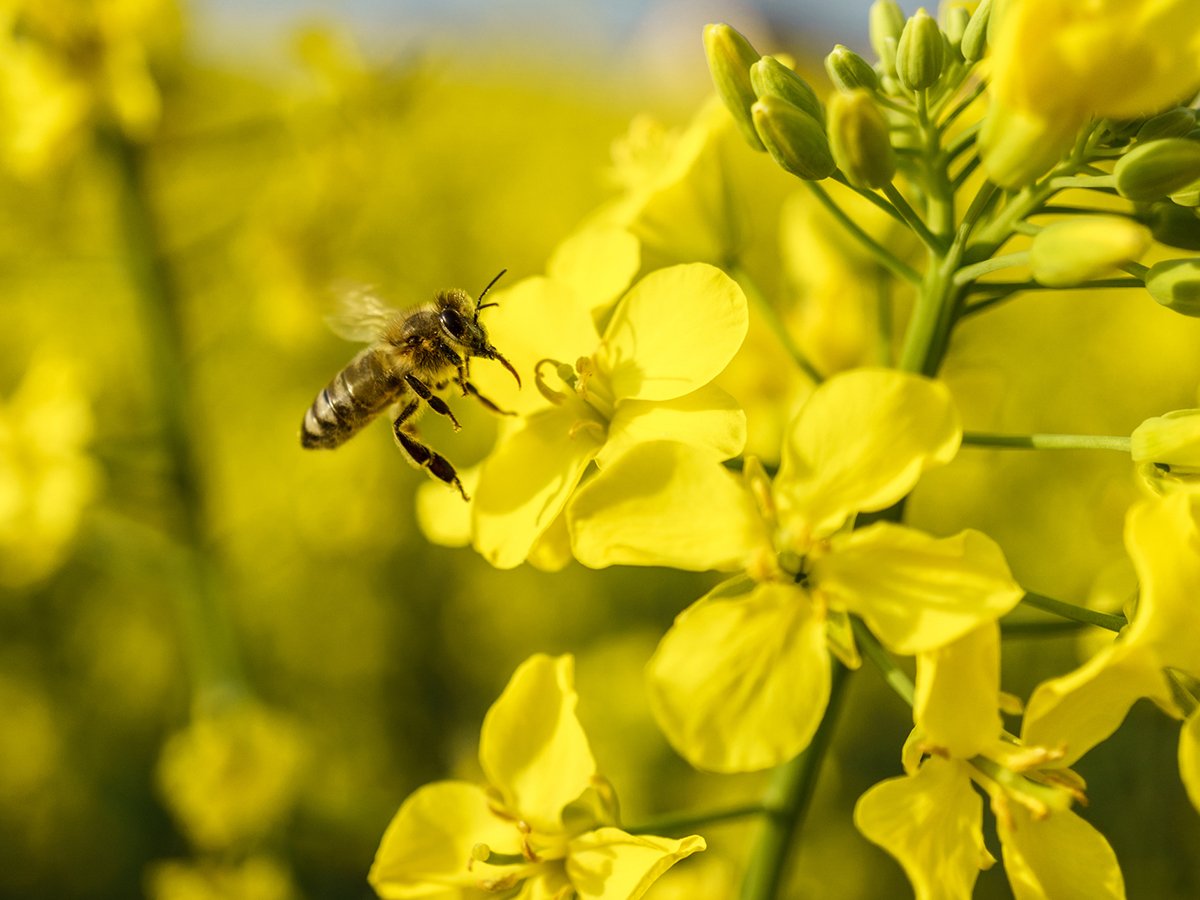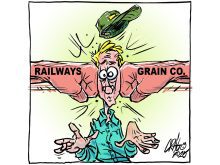Two worrying trends haunt modern agriculture.
First, farmers’ average age is rising and they are fewer in number. At the same time, the industry is competing with a wide variety of career options available to today’s young people, and it doesn’t always win the race.
Many groups try to ensure agriculture remains in good hands, but one organization stands out — the 4-H movement.
Read Also

Invigor Gold variety viewed as threat to condiment mustard
Invigor Gold, the canola-quality mustard developed by BASF, is on a collision course with Canada’s condiment mustard industry. It’s difficult to see how the two can co-exist.
It started in the United States in 1901 and moved to Canada in 1913, and the first club was formed in Roland, Man. Today, more than 900 clubs operate in the country.
An effort has been made in recent years to expand the program into cities, with projects such as car care, small pets, sewing and gardening, but on the Prairies, 4-H is still best known for its connection with livestock.
The annual 4-H beef show and sale is an iconic ending to a year spent tending animals and getting them ready for the ring. However, the program’s value extends far beyond the cattle pen or horse stable.
It’s not uncommon to hear employers say they pay more attention to a job applicant if 4-H membership is on the resume because the program teaches young people how to take on a project and see it through to completion — to learn to do by doing.
A strong work ethic is highly prized by many employers, and it often starts in a 4-H club.
The program’s emphasis on public speaking is well known, and its importance can’t be overstated. The ability to effectively communicate ideas to others is of interest to prospective employers but also serves future farmers as they attempt to bridge the urban-rural divide that threatens agriculture.
4-H clubs introduce young people to others within a wide variety of ages and backgrounds, and that doesn’t always happen in a school classroom setting.
However, as important as 4-H is to young people’s personal development, it also plays an important role in rural communities. In an age in which we all seem to be going in different directions, 4-H clubs can serve as a unifying force that brings communities together.
Then there’s the program’s role in ensuring agriculture’s future.
Many young people who go through the program either stay on the farm or work in another agricultural field. As well, the skills they learn at the club level will surely benefit the entire industry once they are older.
Like many organizations, 4-H can struggle with insufficient resources. Governments fund 4-H to varying degrees, but more is always needed.
That’s why we should all pay attention to a new fundraising initiative recently launched by 4-H Canada.
The campaign, called Tomorrow Needs 4-H, is attempting to raise $1 million, and for the reasons mentioned above, it’s an initiative that should be near and dear to the hearts of all rural Prairie residents.
“This fundraising campaign is an opportunity for those of us who have benefited from 4-H to give back and ensure future participants can gain unique skills and confidence,” says 4-H Canada chair Ben Graham.
Farm Credit Canada, seeing the importance of 4-H to the industry it serves, has committed to matching donations up to $50,000.
It’s an example that should be heeded across the Prairies, and indeed, across the country.
The program has served the rural community well for decades. Now it’s time for members of that community to ensure it remains strong well into the future.
Karen Briere, Bruce Dyck, Barb Glen, Michael Robin, Robin Booker and Laura Rance collaborate in the writing of Western Producer editorials.















